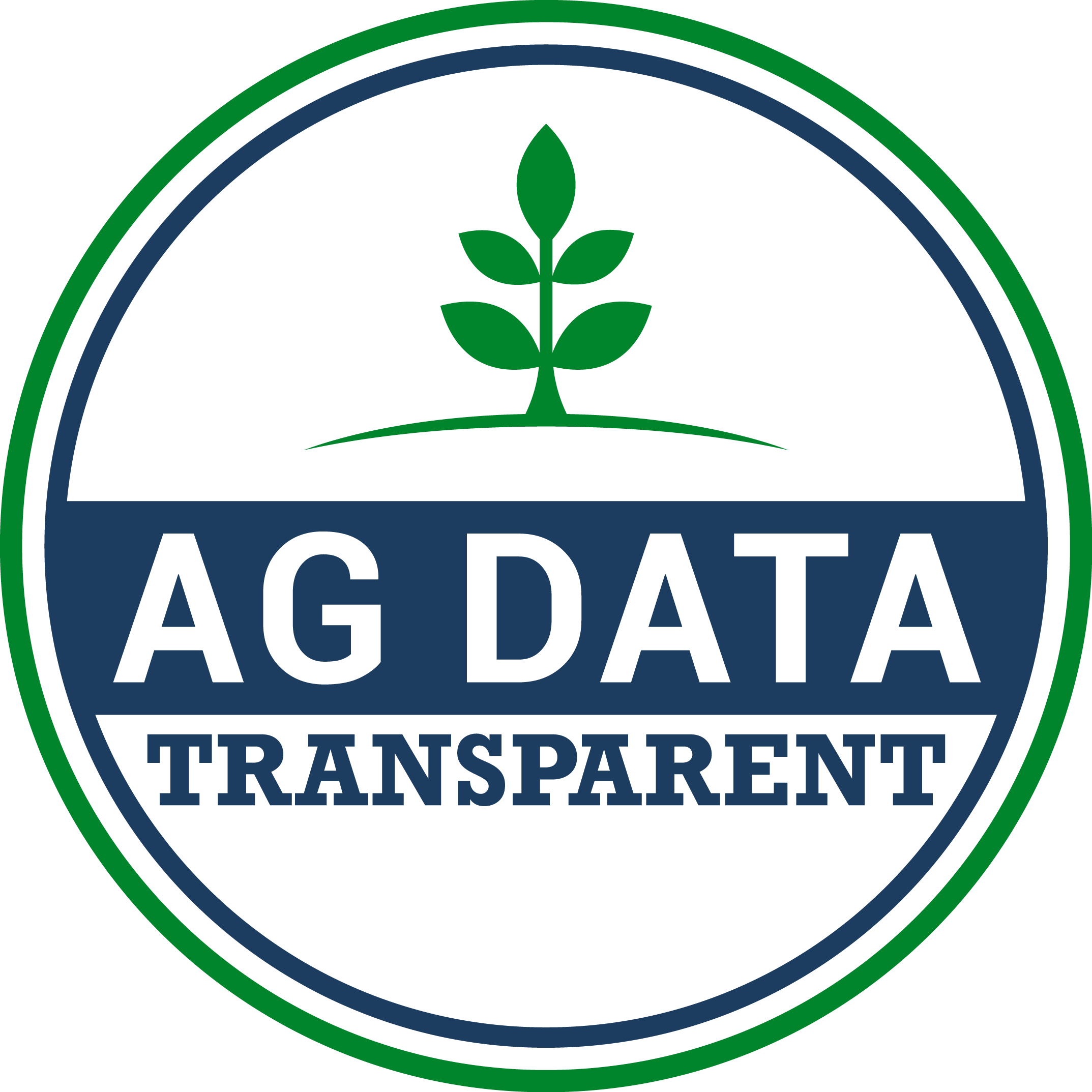11 Questions, 11 Days – Learn More about ADT Certification
11 Questions, 11 Days – Learn More about ADT Certification
Think back with us to the technology of 2014. Sensors were just hitting the market. The I-phone was on version 6. Farms were generating data at an ever-increasing speed. In this context, American Farm Bureau Federation (AFBF) observed that many of its farmer-members were concerned about the variety of new ag data products that were arriving on the market. What would happen to ag data once provided to these platforms? Would the tech providers use this data for their own purposes? Could the farmer ever get this data back?
Typical of our agricultural industry, leaders came together to envision the future. Meetings were held that included both farm associations and tech providers, Core Principles were identified, and our organization began bestowing the Ag Data Transparency seal. (More history details can be found here.)
Driven by the Core Principles, 11 questions have been developed that companies seeking “Ag Data Transparent” certification must answer. For the next 11 days, we will dive a little deeper into each question and get perspective from companies and organizations. We invite you to follow along during this “blitz” to gain perspective and consider joining these leading companies and associations that are committed to transparency, simplicity and trust in agricultural data use.
Let’s look at Question 1:
Who is the tech provider? What products, platform, or services within the tech company are certifying as Ag Data Transparent? Who are the primary users of the product, platform, or services?
For overall perspective on the importance of knowing details about a tech provider and the importance of ag data, we turn to American Soybean Association President Kevin Scott, a soybean farmer from South Dakota.
“Ag data is becoming as much of a commodity as the commodities themselves—and protecting that data to assure it remains secure and only in proper hands is critical to our long-term, on-farm success.
I use a precision agriculture system to track my data. I can analyze that information at home and then take it to my agronomist for further analysis and discussion of future plans based off the information we have gathered. Also, we have a five-farmer group that compares data to gain added perspective. We each do research projects and then meet to exchange dialogue that can help the group assess the products and how cost effective they are in each of their operations.
Just as a songwriter would not freely distribute their lyrics, farmers must control who has access to their confidential business information. We use tech services to be more efficient, sustainable and responsible stewards of our land and produce the best farm products possible, and in return, we need guaranteed transparency and integrity of those services and the data mined from them.”
